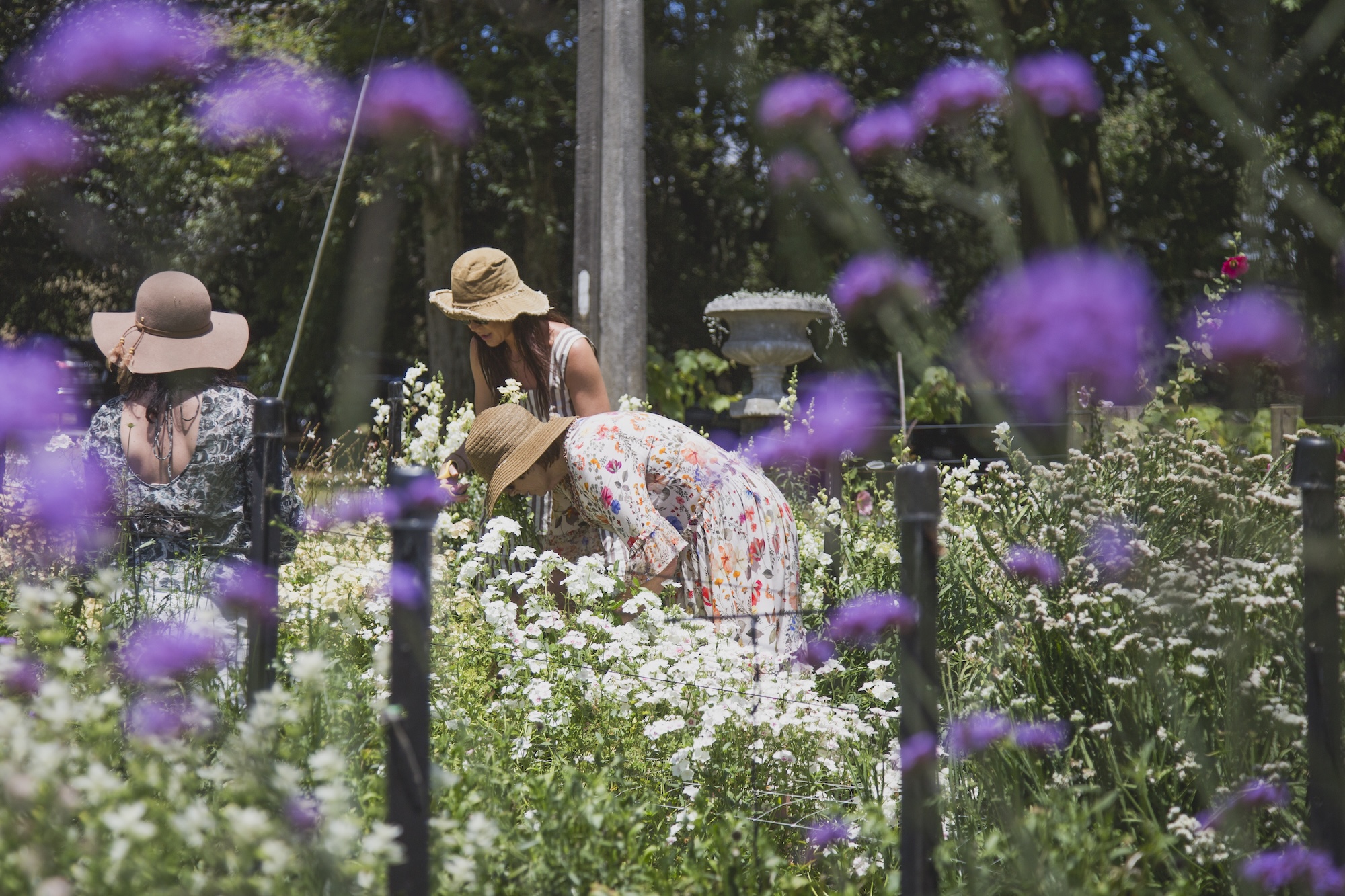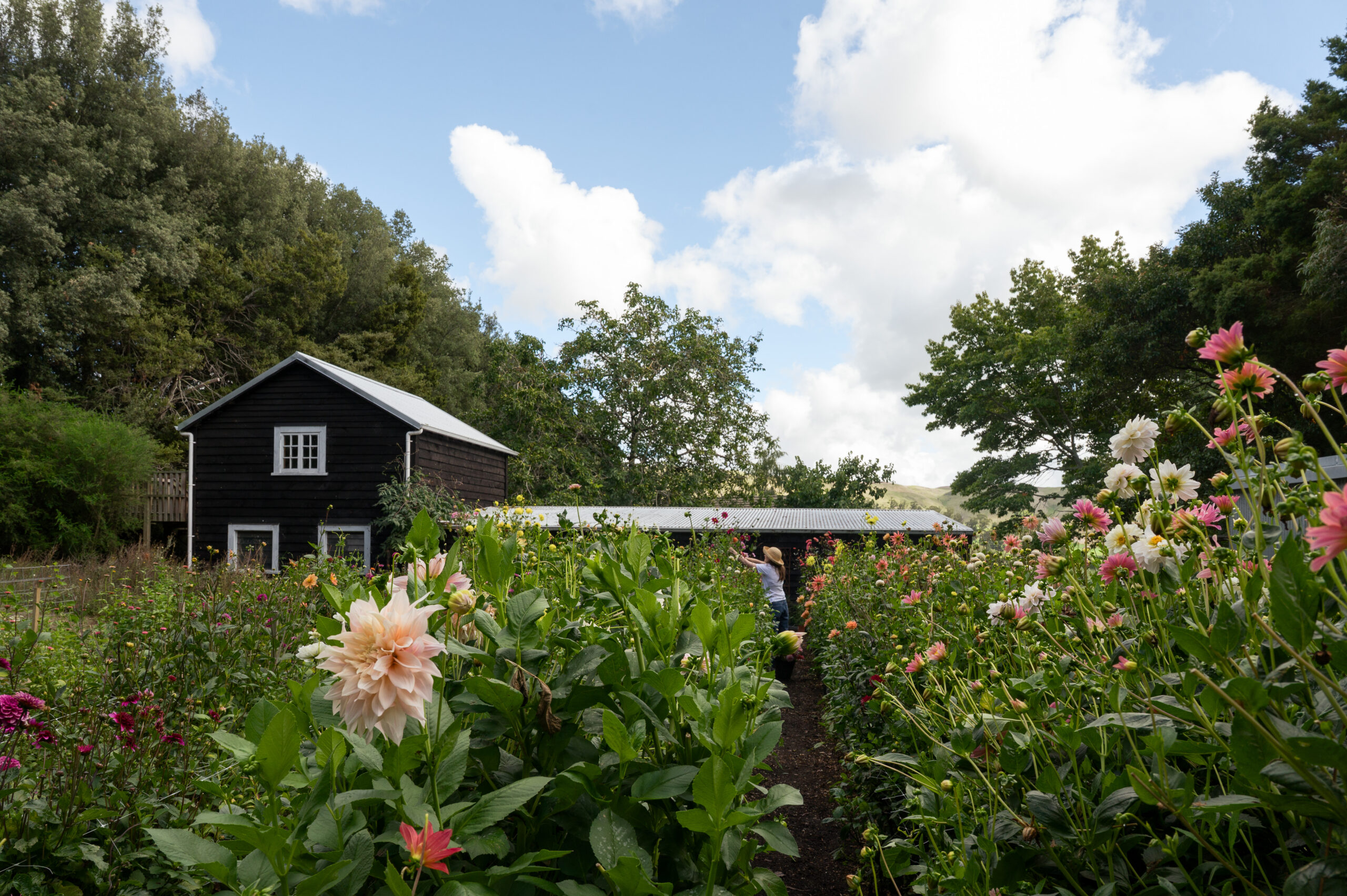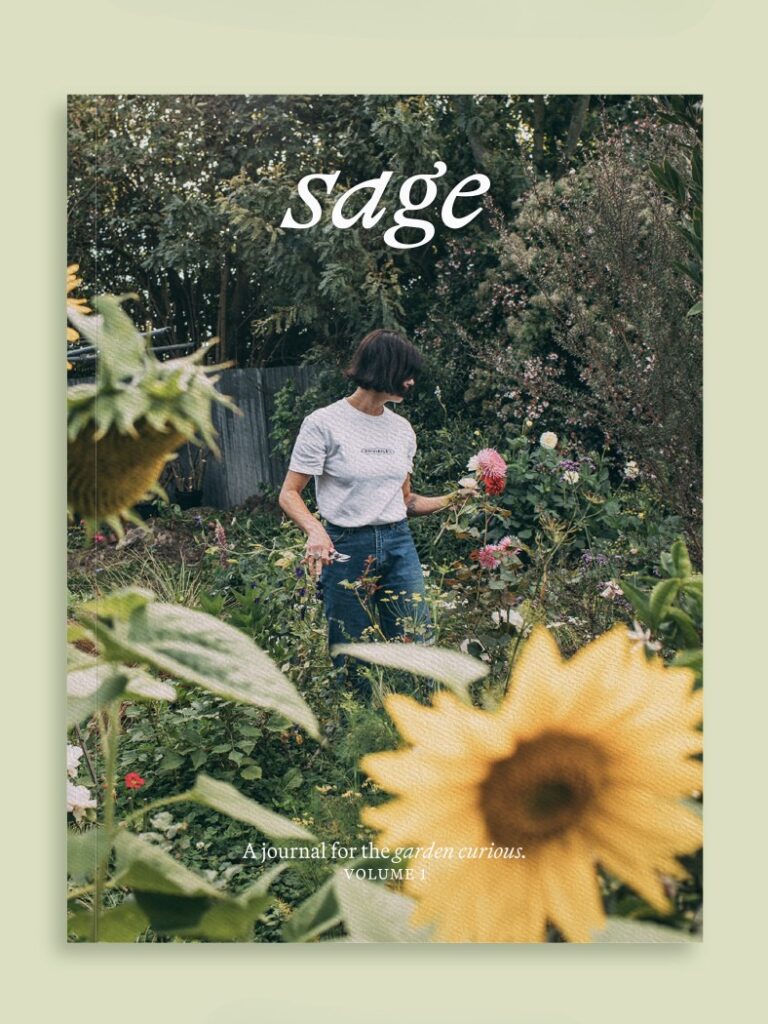Your cart is currently empty!
The Garden of the Future | Growing hope in a changing climate
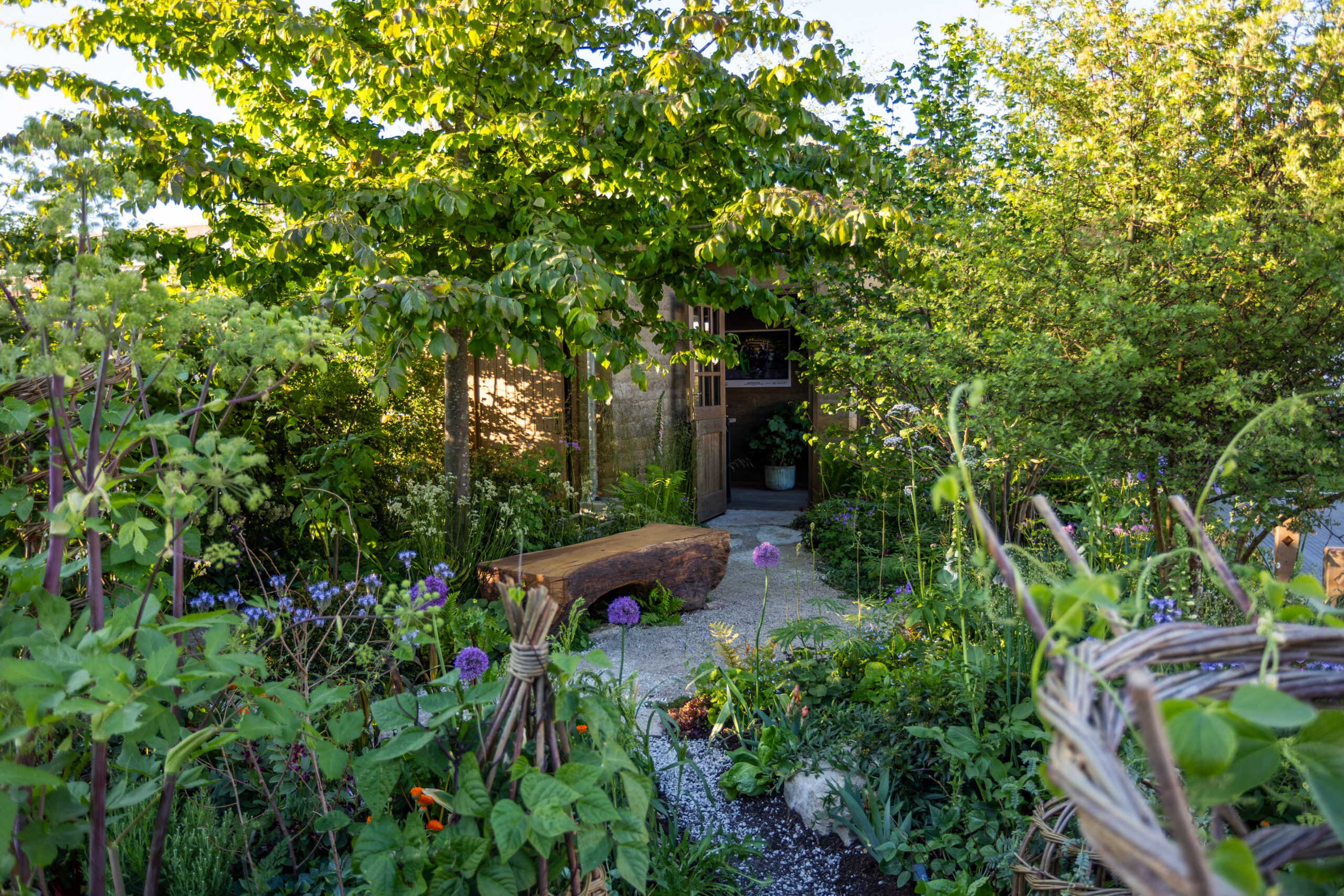
The Garden of the Future | Growing hope in a changing climate
Showcased at the 2025 RHS Chelsea Flower Show — the Garden of the Future brings climate resilience to the forefront through an edible, educational planting scheme.
Landscape design by Butler & Parker.
Set in the near future in the United Kingdom, in a scenario where weather patterns have continued to change, this garden, designed by Matthew Butler and Joshua Parker of Butler & Parker, was awarded a prestigious gold medal at the 2025 RHS Chelsea Flower Show for its forward-thinking approach to global food and water resilience.
The Garden of the Future highlights cutting-edge innovations that are already helping smallholder farmers in the Global South protect their health and livelihoods amid increasingly extreme and unpredictable climate conditions. With a particular focus on sub-Saharan Africa and South Asia, the garden showcases adaptive strategies that could support farmers in these areas as they confront the challenges of a warming world.
Adding to the garden’s innovative spirit is the Cranfield Circular Toilet – a self-contained system that turns household wastewater into clean, non-potable water for irrigation, along with pathogen-free biochar that can be safely used in the garden.
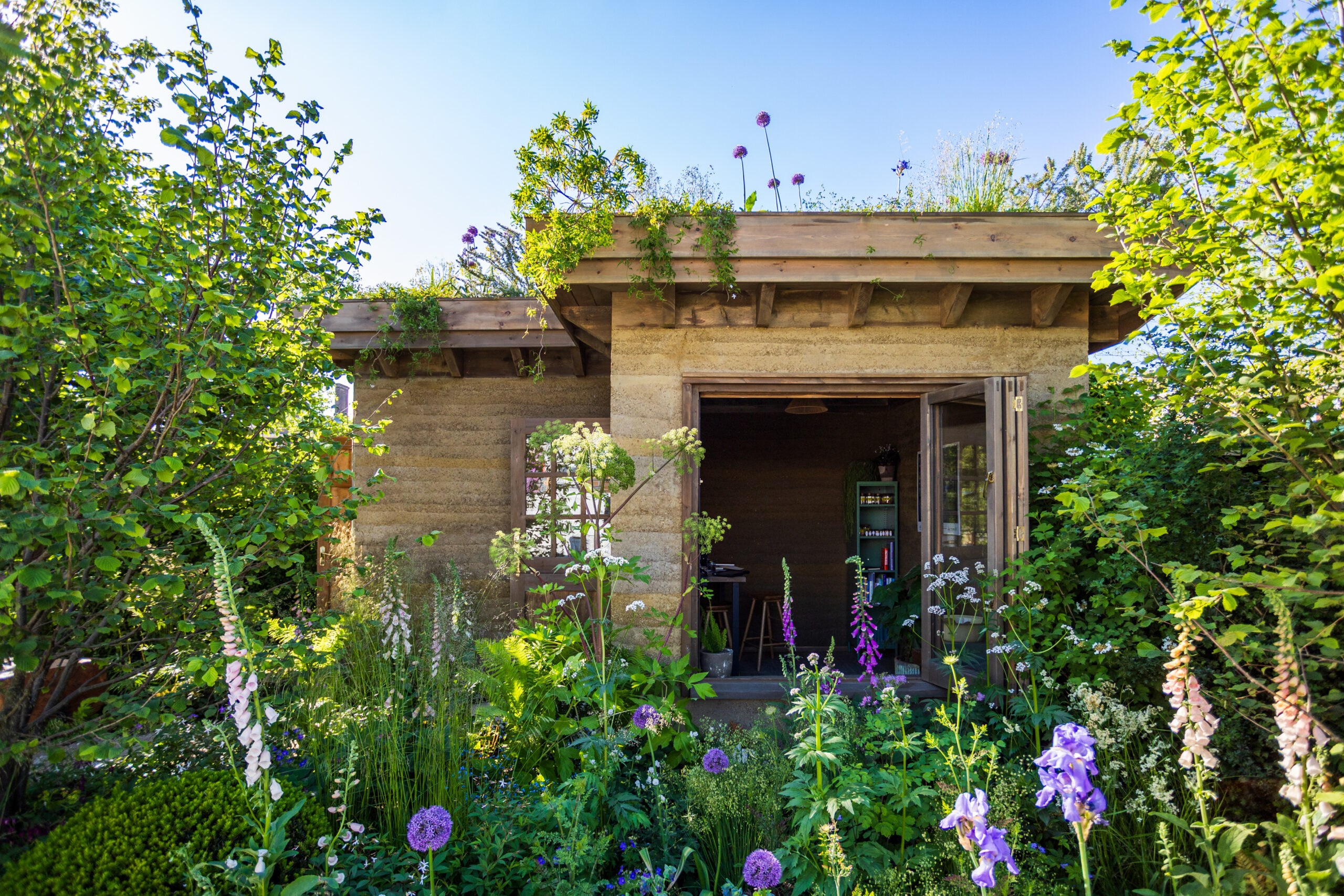
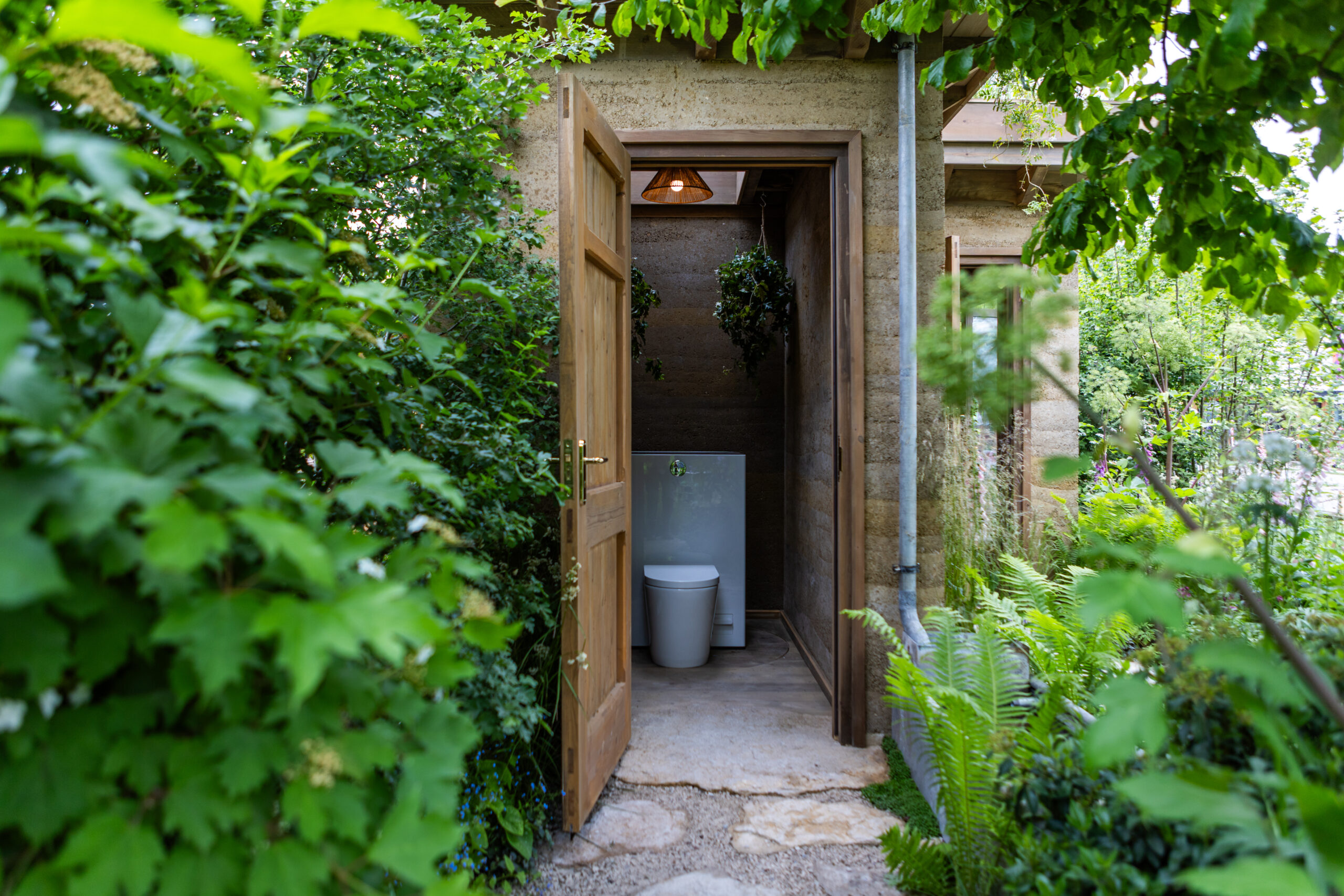
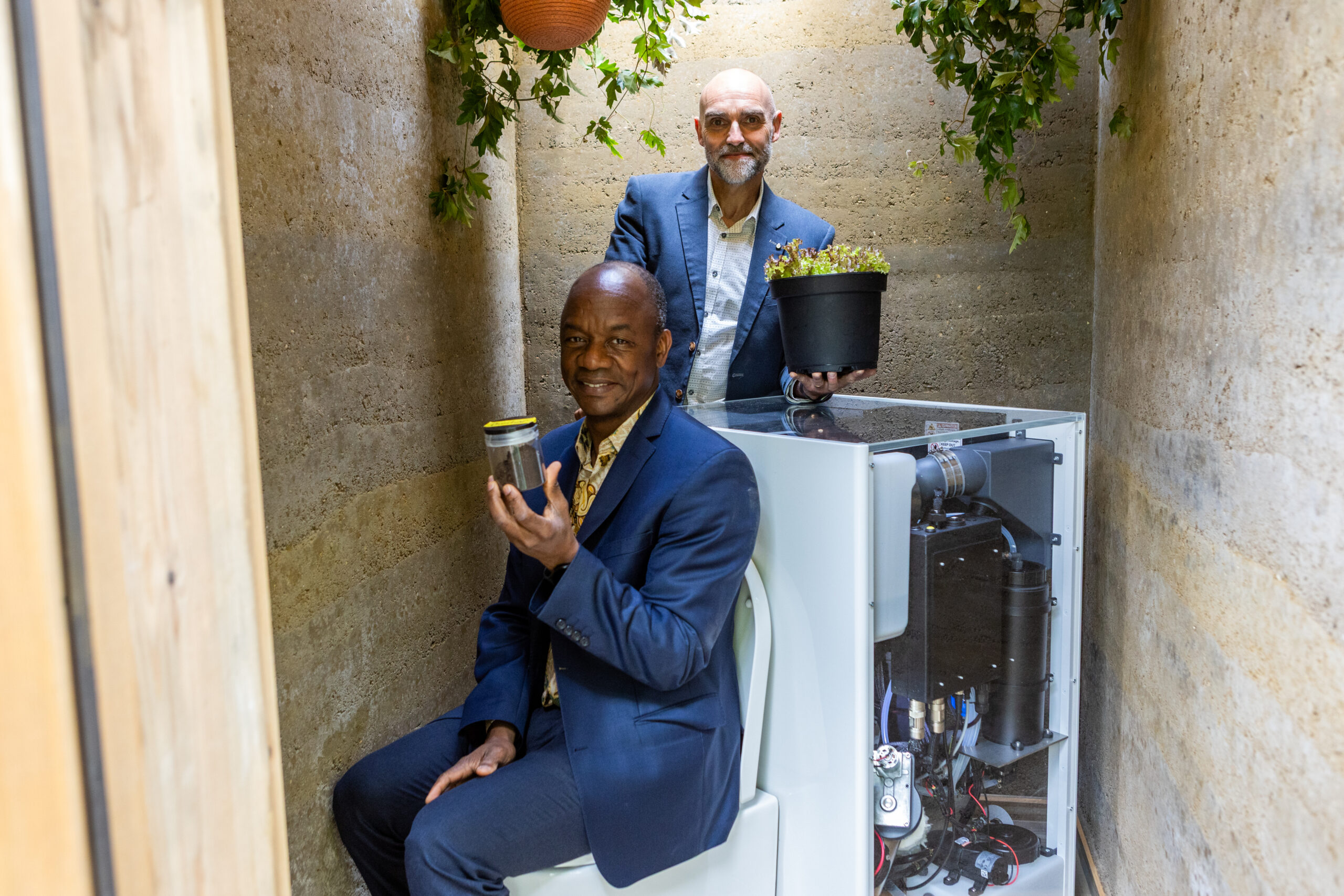
Butler & Parker’s vision for the garden
The intention behind The Garden of the Future was to inspire belief in the power of innovation and the use of partnership to improve lives. Butler & Parker set out to create a space that celebrates the strength and resourcefulness of smallholder farmers, and that also highlights the practical solutions already helping communities in low and middle income countries adapt to a changing climate.
The design captures a sense of optimism and practical hope, and offers a glimpse into what’s possible when communities, researchers and innovators work together to “unlock human potential around the world”.
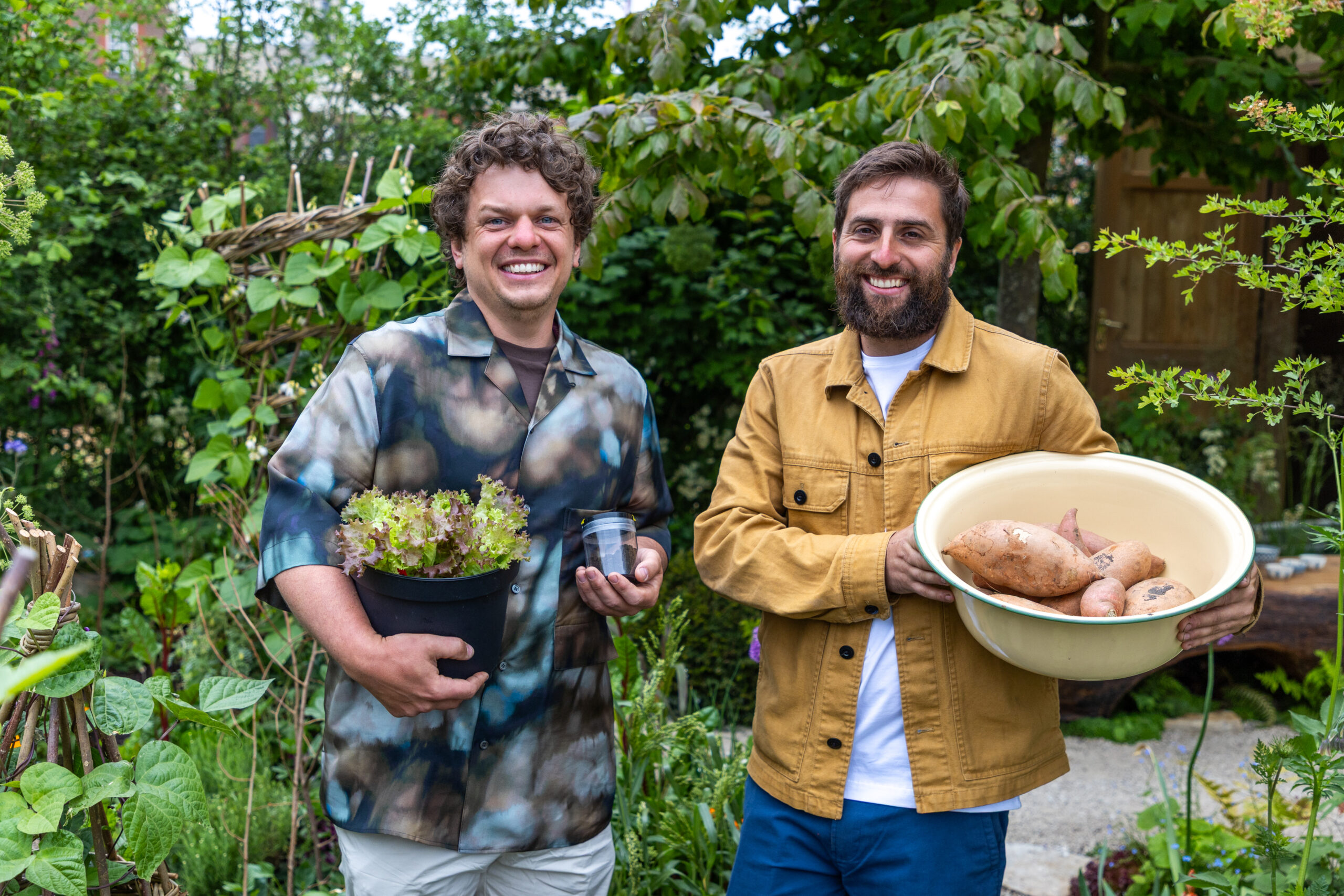
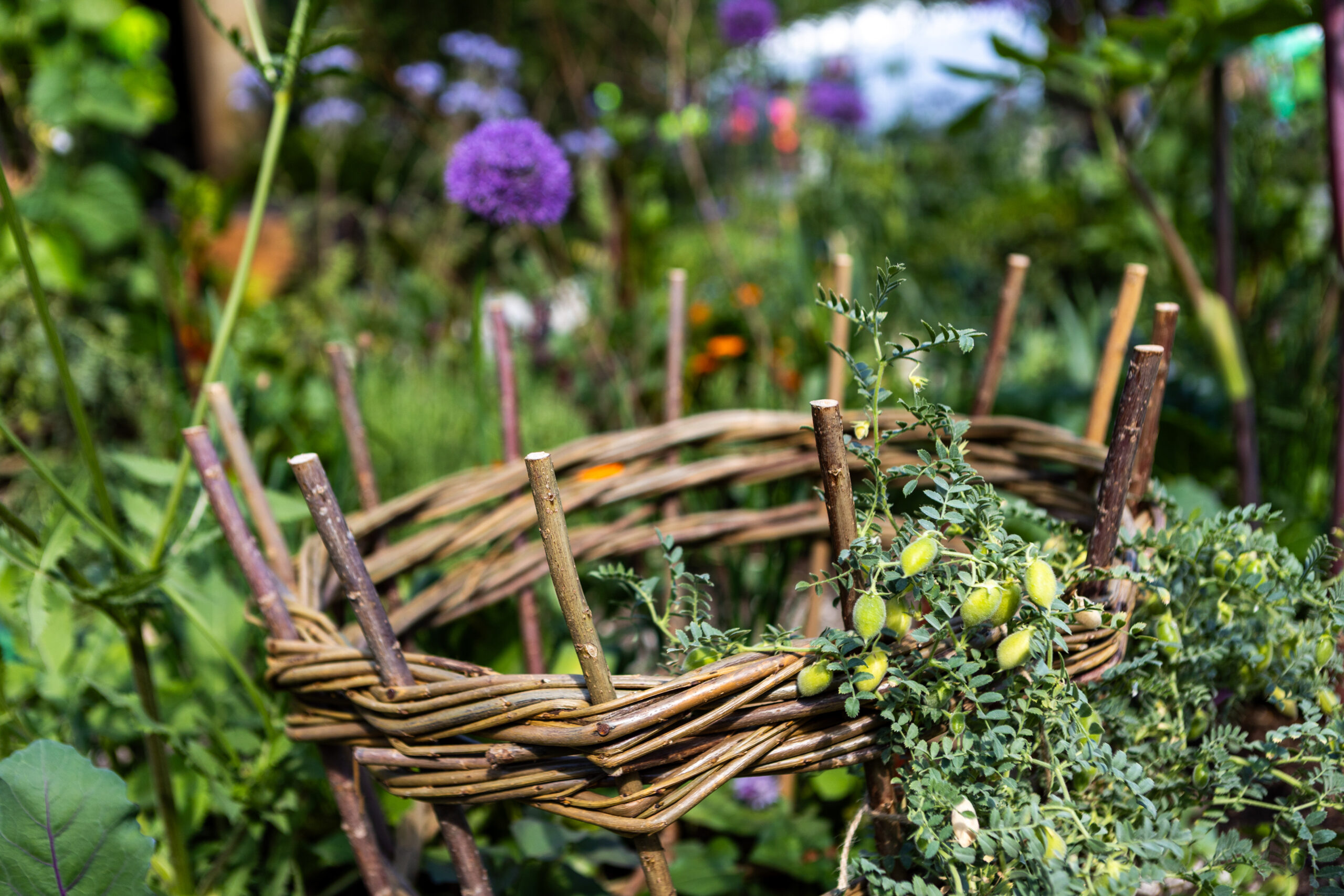
How the garden was presented
The planting scheme in the garden includes a wide selection of nutritious, climate-resilient crops developed by CGIAR (a global agri-research partnership) and supported by the Gates Foundation.
Test vegetable beds have been planted using the no-dig method – a technique that can be easily adopted by home gardeners. These beds are home to a variety of climate-resilient crops including sweet potato, chickpea and pigeon pea. These are crops that are nutritious staples and are already helping secure food and income for communities in regions that are most affected by extreme weather.
At the show, the garden was officially opened by celebrity chef and entrepreneur Levi Roots, who brought the edible patch to life with a cooking demonstration using some of the featured crops. He was joined by Dr Clare Mukankusi, agricultural scientist and Global Breeding Lead for the Common Bean at the Alliance of Bioversity International and the International Center for Tropical Agriculture in Uganda.
Levi Roots summed it up simply: “I’m really excited to be involved in this inspirational initiative, shedding a light on sustainable farming and cooking which is close to my heart.”
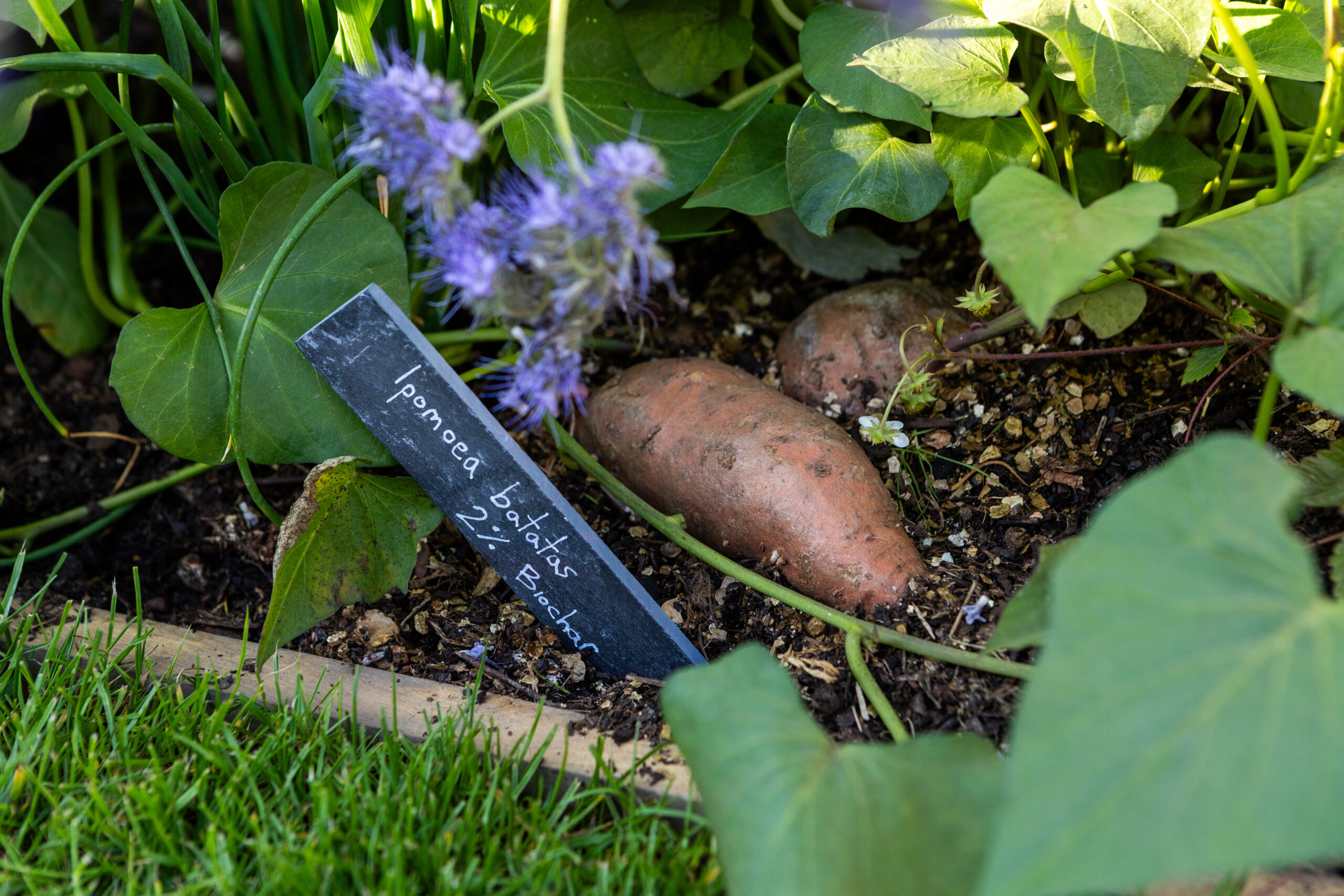
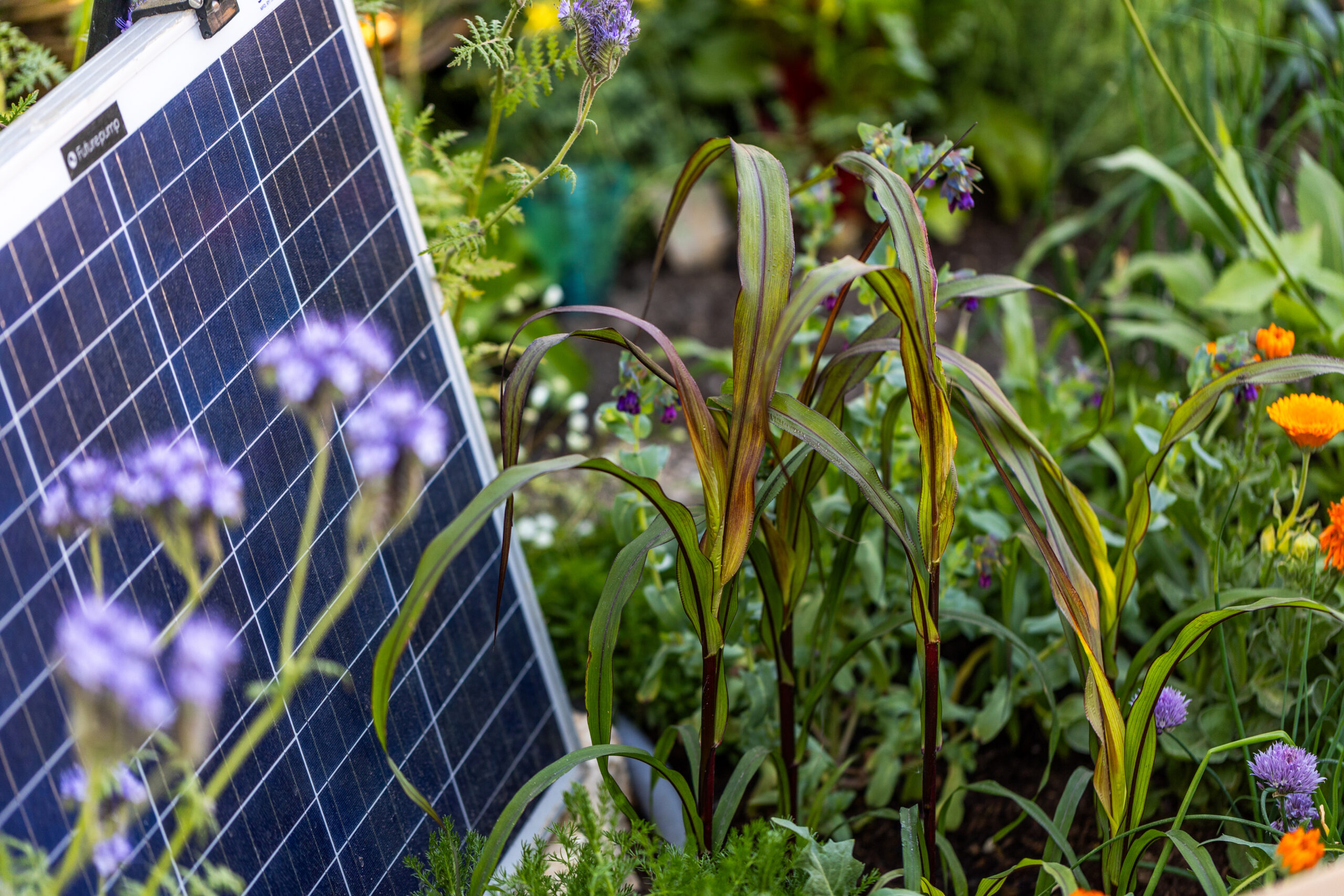
The Garden of the Future was always about more than aesthetics, it was a chance to show what’s possible when science, innovation and collaboration come together to meet the challenges of a changing climate.
As Butler & Parker shared, “we are absolutely thrilled to have won a gold medal at RHS Chelsea Flower Show. The main theme of this garden is how powerful collaboration can be, and what better way to celebrate that than winning the top award from the RHS judges.”
At its heart, the Garden of the Future offers both a message and a model that encourages gardeners everywhere to think not just about what grows, but how it can grow with purpose. As visitors left the show inspired by the ideas and edible plantings on display, the hope is that some of those seeds will take root back home.
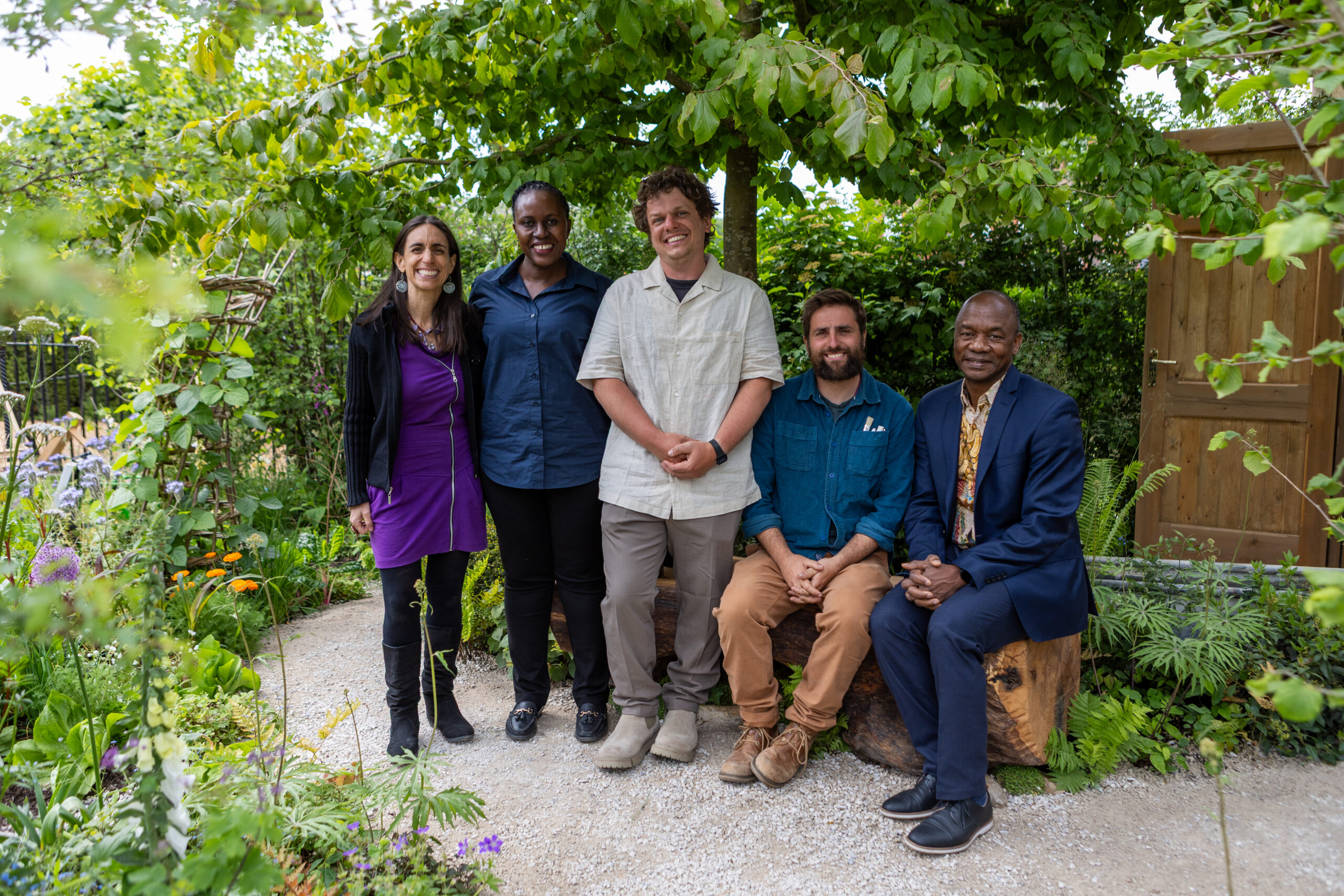
The people behind the Garden of The Future
(Left to right) Ana Maria Loboguerrero, Director of Adaptive and Equitable Food Systems, Gates Foundation; Dr. Clare Mukankusi, CGIAR Common Bean Breeder; Josh Parker, Butler & Parker; Matt Butler, Butler & Parker; Doulaye Kone, Director of Water Sanitation & Hygiene, Gates Foundation – all in the Garden of The Future at RHS Chelsea
Key climate-resilient crops
The garden features climate-resilient crops that have been researched and developed by global agricultural innovation network CGIAR and other leading experts. These crops include:
- Sorghum bicolor (millet): a drought-tolerant crop that is able to grow in poor quality soil, even rejuvenating the soil as it grows. Millet is a ‘superfood’ with great source of protein, fibre, iron, zinc and 10 times the calcium of wheat.
- Cajanus cajan (pigeon pea): due to its drought tolerance, pigeon pea is becoming a powerful grain legume crop for promoting food security across Africa, particularly in arid and semi-arid areas. This climate-resilient crop has been found to improve soil health by fixing nitrogen in the soil and produce quicker harvests for farmers.
- Cicer arietinum (chickpea): chickpeas help with climate adaptation through improving soil fertility through boosting nitrogen in the soil and are more water-efficient than other crops. They are an important source of income, and a staple food for many smallholder farmers and their families.
- Vicia faba (broad bean): is also known as faba or fava bean and is a popular cool-season legume grown around the world. It can be eaten fresh or dried, fed to animals, and even turned into green manure to enrich soil. Current efforts to diversify the varieties of broad beans aim to strengthen its tolerance to heat, drought, and disease – making them a smart choice for a changing climate.
- Phaseolus vulgaris (common bean): is a warm-season legume consumed worldwide for its edible seeds and pods. It is widely cultivated and represents one of the largest food components in Latin America and Africa.
- Lpomoea batatas (sweet potato): new varieties of orange-fleshed sweet potatoes that are biofortified with vitamin A and able to withstand hotter, drier climates, have become a crucial resource for farmers and communities globally. More than 6.8 million households in Africa and South Asia are growing and eating these sweet potatoes. Consumed daily, they respond to children’s vital nutritional needs and strengthen their immune systems.
- Vigna unguiculata (cowpea): also known as black-eyed pea is a versatile legume and one of the longest cultivated crops on the continent of Africa, it provides nourishment for people and feed for livestock – a use that likely inspired its common name. Cowpea is fast growing and very flexible, often delivering multiple harvests and helping suppress weeds naturally.
Companion planting in the garden with varieties such as Salvia officinalis Purpurascens (purple sage) and Chamaemelum nobile (chamomile) are used to highlight its benefits for plant health and biodiversity, as well as succession planting for productivity and yield with tasty produce including khol rabi, Cichorium intybus ‘Rossa Di Treviso’ (chicory) and parsley.
—
Butler & Parker
Butler & Parker is an award-winning design partnership with a decade of experience creating liveable gardens inspired by natural environments, produced with sustainability and the future in mind. Based in East London and Somerset, working on projects from London to the southwest, focusing on a range of small urban gardens and larger rural spaces.
—
Photography by Emma Jacobs
Sponsored by The Gates Foundation
Crops developed by CGIAR

